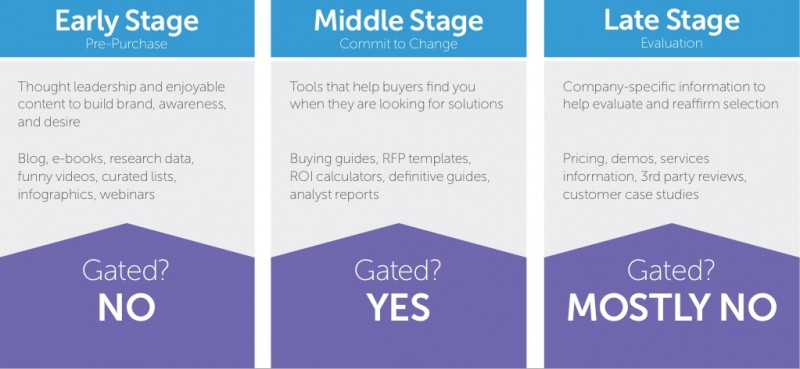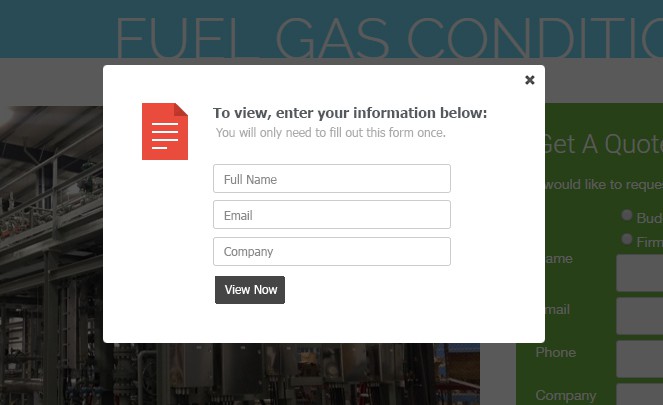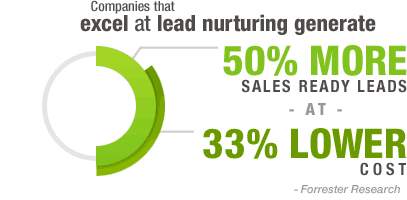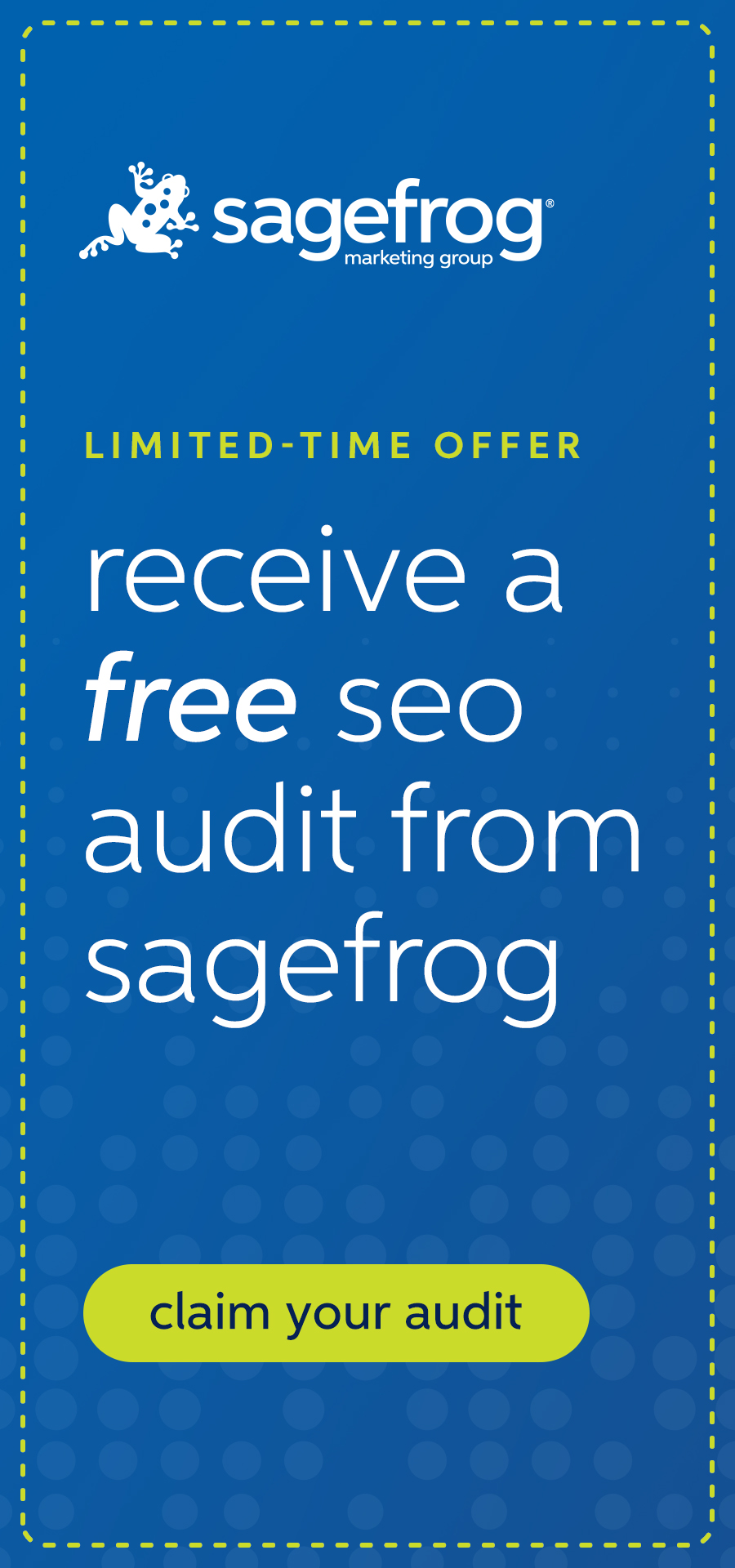This article was originally published by Samuel Fordham on Active Conversion.
For manufacturing marketing managers operating in the B2B sector, the thought of a sales pipeline filled with pre-qualified leads is usually enough to make their mouths water.
Now imagine those same leads voluntarily identified themselves and are actively seeking more information. Then imagine that you knew when they were ready to order. Effective online marketing techniques have made this a realistic scenario, and one of the most effective methods of doing this is by gating valuable website content.
What is content gating?
Gating is a simple exchange which asks viewers to provide their contact information in exchange for access to a valuable piece of content.
This is an effective technique for a number of reasons. The obvious advantage is that it provides sales teams with contact information to follow up with and to usher leads through the sales funnel.
However, the bigger advantage to gated content is that the leads it generates are highly qualified. While gated content receives fewer downloads than un-gated content, leads that are willing to offer their contact information are naturally more qualified than those simply browsing and looking for a brief overview.
Why should I gate my web content?
Wilson & Ellis Consulting, a marketing firm from North Carolina, spoke to Entrepreneur Magazine about gated versus ungated content for B2B companies. Here’s what they found:
“We offered a white paper as a download. We alternated daily between having it gated with an email address requirement and ungated. On the days that it was ungated, downloads were 47 times higher. The initial response was that we shouldn’t gate. That changed when we measured the people contacting us. 100 percent of the leads generated downloaded the guide on a gated day.”
What Should Be Gated?
Since gated content receives fewer downloads, it is important to recognize that not all content should be gated. Providing contact details requires effort and a level of trust that leads early in the sales funnel are less likely to have.
For this reason, only content which is geared towards leads deeper in the sales funnel should be gated.
Leads at this stage are familiar with your business and are looking for more specific details to assist their decision making. Content such as spec sheets, product comparisons, and technical features usually perform well as gated content.
However, it is important to note that gating is a trade, and like any trade, it needs to be fair. Content that is gated should be very specific and should answer questions about the products your business manufactures.

How do I set up a gating form?
The form used to collect contact details is an important consideration in the gating process. First of all, leads need to be assured that there is value on the other side, so it is important that the title or ask on the form clearly illustrates what can be expected. Any uncertainty will usually cause leads to think twice and move along, leaving sales teams in the dark.
Secondly, the form needs to be simple. Most manufacturing marketing professionals understand that the more effort required means the less likely a lead is to perform an action. For this reason, it is important not to ask for too much information. The rule of thumb is that the more information you ask for, the fewer people will fill out the form.
We recommend asking just for a name, company and email address.
Not only is this a quick and simple form to fill out, but it isn’t too invasive. You get enough information to follow up with the prospect if they look like they might be sales ready. And asking for less personal information keeps the conversion rates high.
Ensure that leads only have to fill out a form once.
If a lead returns in a week for more content, having to fill out a second form is annoying and may be enough to turn them away. Set up your gating so that leads are free to download as much content as they need after sharing their contact information with you once.
What’s the Next Step?
Gating content is only half the battle. Once your gated content is generating contact information from qualified leads, it is important to nurture these leads effectively.
By filling out a form, a lead has given permission for a business to contact them. Marketers should understand exactly where a leads interests lie based on the content they downloaded.
With this information in mind, they can be added to tailored nurture campaigns that offer similar content, which they are likely to find valuable.
Integration with a marketing automation tool is the best way to simplify this process and is the most effective way to handle a large volume of generated leads. Most automation tools will allow pre-scheduled emails to be drafted and will be triggered to send at set intervals once a gated form has been completed. To learn more about how to nurture leads, be sure to check out our Guide To Lead Nurturing.
Using a marketing automation tool will also help you score the lead, so that sales management can decide if the lead is sales-ready. Not all leads are created equally, and it is important to focus on the leads that are the most ready to engage.
Why Is Gating Effective for Manufacturing Marketing?
The Internet is filled with gated content of all shapes and sizes, however, for B2B manufacturers, gated content can prove particularly effective. One reason for this is that the B2B buying cycle tends to be longer than in B2C transactions. Effectively nurturing leads over time is key to moving them through the sales funnel.
Lead nurturing cannot begin until a lead has provided their contact details. Gating has proven to be one of the most effective methods for identifying prospects.
Another reason that gating is successful for B2B manufacturers is that manufacturing purchases are rarely made based on emotion. Instead, they are often the result of a detailed review of product specifications. Useful technical specifications are sought after by B2B buyers trying to determine capabilities and functionality, and when gated still experiences high download rates.
Like all things marketing, gating requires a level of attention and testing to understand exactly what will perform well for your business. Once properly established, gating is an effective way to continually deliver qualified leads to your sales pipeline.
Did you find these tips helpful? Here are other resources you might enjoy!
- 5 Questions Every Tech Company Must Answer to Master “Always On” Content Marketing
- PR Newswire Provides 3 Press Release Templates to Power PR and Content Marketing
Are you interested in content marketing or other B2B marketing services? Contact Sagefrog Marketing Group, today.



